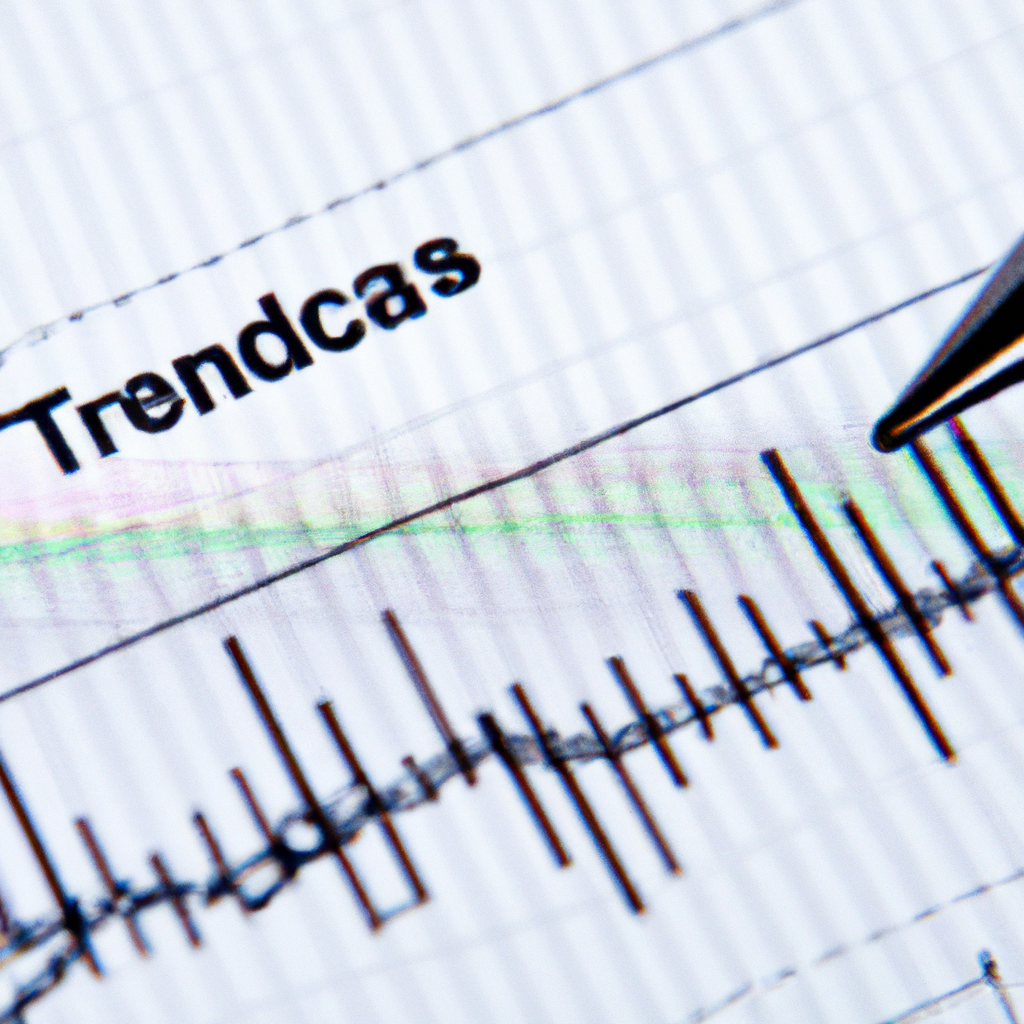
Trend Analysis Using Moving Averages: A Powerful Tool for Traders
Trend Analysis Using Moving Averages
Introduction
When it comes to analyzing trends in financial data or any time series data, moving averages are a popular tool used by analysts and traders. Moving averages help smooth out fluctuations in data and provide a clearer picture of the underlying trend. In this article, we will discuss how moving averages can be used for trend analysis.
What are Moving Averages?
Before we delve into trend analysis using moving averages, let’s first understand what moving averages are. Moving averages are calculated by taking the average of a series of data points over a specified period of time. The most common types of moving averages are simple moving averages (SMA) and exponential moving averages (EMA).
Simple Moving Average (SMA)
A simple moving average is calculated by taking the average of a set of data points over a specified period of time. For example, a 10-day SMA would be calculated by adding up the closing prices of the last 10 days and dividing by 10.
Exponential Moving Average (EMA)
An exponential moving average gives more weight to recent data points, making it more responsive to changes in the data. The formula for calculating an EMA involves giving more weight to recent data points and less weight to older data points.
Using Moving Averages for Trend Analysis
Now that we understand what moving averages are, let’s discuss how they can be used for trend analysis.
Determining the Trend
One of the simplest ways to use moving averages for trend analysis is to look at the relationship between short-term and long-term moving averages. When the short-term moving average crosses above the long-term moving average, it is considered a bullish signal, indicating an uptrend. Conversely, when the short-term moving average crosses below the long-term moving average, it is considered a bearish signal, indicating a downtrend.
Identifying Support and Resistance Levels
Moving averages can also be used to identify support and resistance levels. When the price of an asset is trading above its moving average, the moving average can act as a support level. Conversely, when the price is trading below the moving average, it can act as a resistance level.
Filtering Out Noise
By smoothing out fluctuations in data, moving averages can help filter out noise and provide a clearer picture of the underlying trend. This can be particularly useful in volatile markets where prices can fluctuate widely on a day-to-day basis.
Conclusion
Moving averages are a powerful tool for trend analysis and can help traders and analysts make more informed decisions. By understanding how to use moving averages effectively, you can gain valuable insights into market trends and improve your trading strategies.